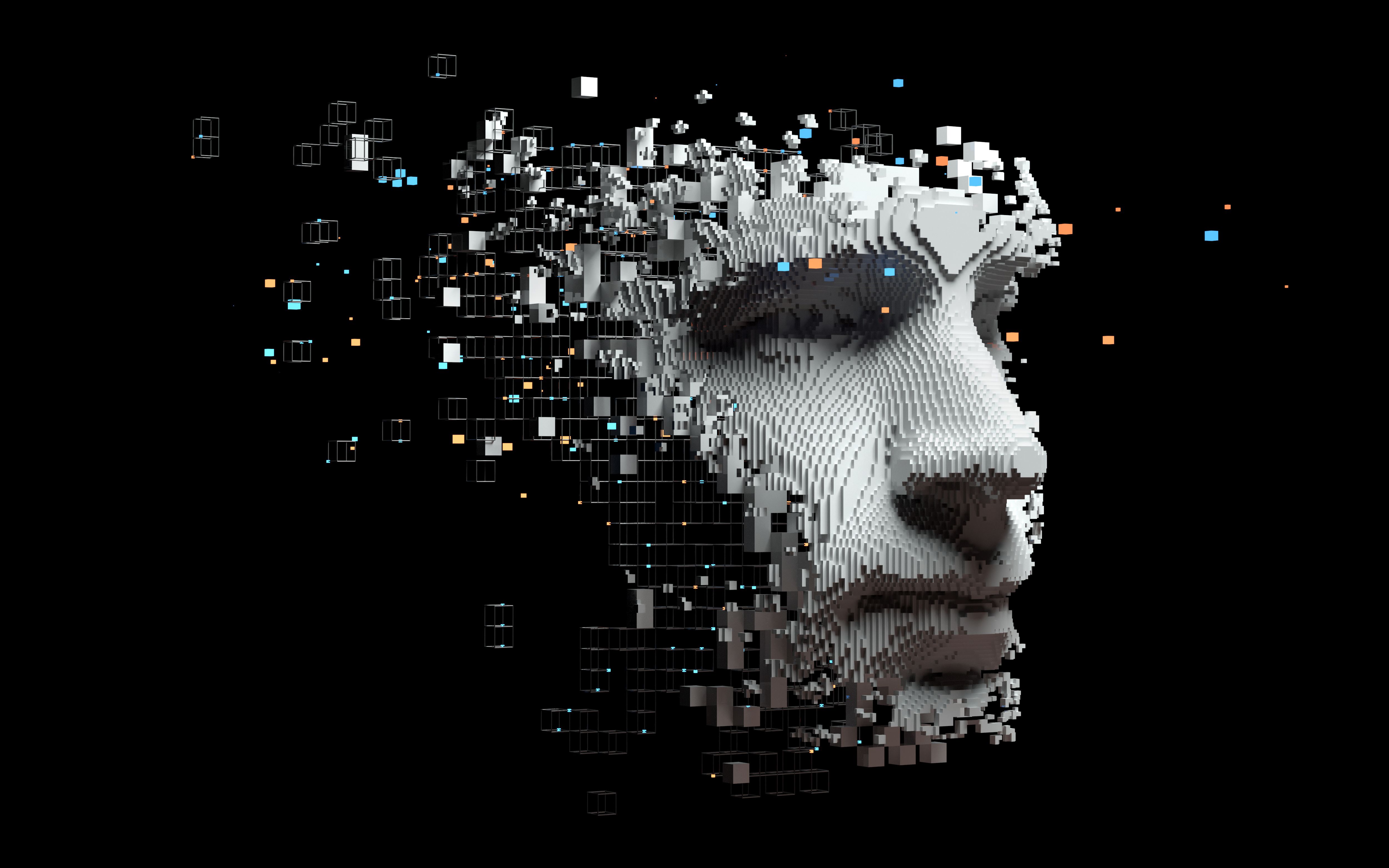Article
How generative AI can alleviate healthcare challenges and burnout
Author(s):
Many repetitive tasks occupy the valuable time of physicians and nurses, placing avoidable pressure on already overworked professionals.
© pinkeyes - stock.adobe.com

Already burdened by limited staff, healthcare workers are constantly bogged down with time-consuming tasks like transcribing notes, answering patient questions and explaining complex information. Simultaneously, medical professionals must provide high-quality care while managing their practices and maintaining compliance with regulatory requirements. It’s no wonder the Surgeon General Advisory sounded the alarm on burnout and resignation last year as healthcare workers continue to struggle amid these critical responsibilities.
Facing a rapidly aging population and steadily growing pool of retiring physicians, hospitals and healthcare practices must implement generative AI to augment workers’ efforts and alleviate the pressure on their overwhelmed medical teams. While much work is still required to refine the technology, generative AI can create multimodal results through a combination of text, images, code, etc. In particular, healthcare organizations can use generative AI to automate monotonous assignments, like transcribing notes, updating data and scheduling appointments, saving time, reducing strain on employees and enhancing the quality of patient care.
Automating Time-Consuming Processes
One of the main benefits of generative AI is its ability to automate administrative work. Research reveals that primary care providers need 26.7 hours on average to effectively complete administrative responsibilities and provide care to patients on a given day. Another study found that at least two-thirds of a U.S. physician’s work is non-patient facing. Generative AI could eliminate these otherwise time-consuming tasks that prevent medical teams from focusing on more value-added objectives, like building relationships and maximizing patient care.
For example, healthcare organizations can leverage generative AI technologies to simplify and automate coding and documentation. These routine processes are essential to ensuring that physicians receive accurate reimbursement for their services – nevertheless, they are typically time-consuming and complex. By introducing automation, healthcare practices can reduce the time required for manual data entry while improving accuracy. Likewise, generative AI solutions can help physicians manage billing and collections by streamlining repetitive processes and revenue cycle management. Specifically, generative AI could analyze billing data, identify areas of improvement, and provide personalized recommendations.
Another time sink for physicians is effective notetaking. Often, physicians will record their own voice and then use some software to transcribe the notes into a readable format. Generative AI could truncate these processes by succinctly summarizing physician notes in real time. Rather than recording word-for-word everything the healthcare worker said, the technology could transform what would otherwise be a ten-plus page transcript into a 500-word synopsis. Additionally, appointment scheduling is another highly-involved chore for healthcare professionals. Generative AI, working with a communications automation platform, could streamline appointment scheduling and notifications, decreasing no-shows and even reducing fatalities, according to a study from BMC Medicine.
Improving Physician-Patient Communications
Generative AI will also significantly enhance communication between healthcare workers and patients. Consider how complex and jargon-heavy a medical diagnosis can be, requiring physicians to give supplemental definitions and sometimes long explanations. Generative AI, however, can adjust the vocabulary level of documentation. This adaptability allows physicians to provide patients with information concerning procedures and aftercare treatment written in layman’s terms without changing their natural writing or notetaking style.
The ability to fine-tune vocabulary is critical – especially considering language challenges. As it stands, some AI systems know more than 30 different languages. Imagine a student studying abroad in a Spanish-speaking country going to a local hospital. This student might be conversational in Spanish, but they wouldn’t have experience using sophisticated medical terms. Google Translate is too stiff, but generative AI could help overcome the last hurdle of the language barrier. Similarly, a physician could utilize the translation feature of generative AI to translate in real-time, promoting seamless engagement with patients who don’t speak the same language.
It is also possible to modify the tone and sentiment of responses. For example, if a hospital or medical practice corresponds with a patient, and the topic of discussion concerns easing into palliative or hospice care, the tone, sentiment and word choice are crucial. Empathy and tact are essential in these situations – healthcare specialists don’t want to sound uncaring. Additionally, medical workers can tweak the style of generative AI responses to be professional or even cheeky to come across as more personable.
Important Considerations When Leveraging Generative AI
Whether by eliminating time-consuming processes or enhancing communications, generative AI is a powerful tool that can lighten workplace challenges and curb burnout for overworked and short-handed healthcare workers. Nevertheless, the ‘power’ of generative AI cuts both ways – if the technology gets deployed carelessly, there could be consequences. ChatGPT, while unquestionably an invaluable resource today, can still give users a convincing but wrong answer. Therefore, it is paramount that healthcare practices and hospitals put guardrails around what data a generative AI solution can access, ensuring it only uses information vetted by trustworthy institutions.
Matt Edic Chief eXperience Officer at IntelePeer.





